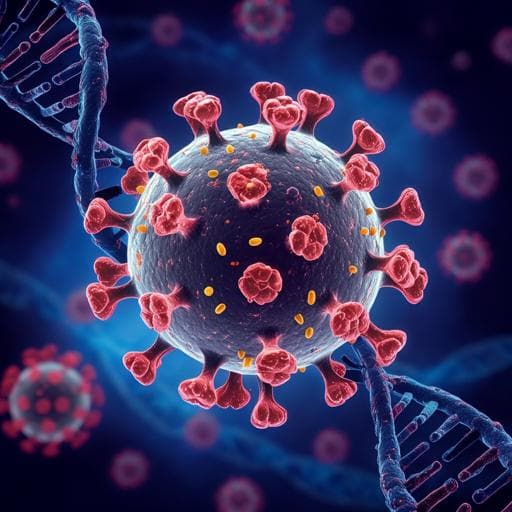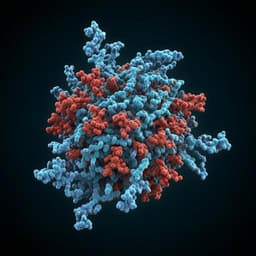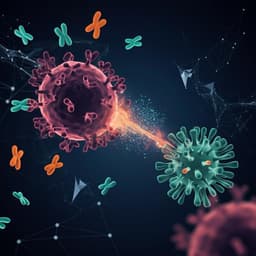
Biology
Genomic recombination events may reveal the evolution of coronavirus and the origin of SARS-CoV-2
Z. Zhu, K. Meng, et al.
Explore the fascinating evolution of coronaviruses and the potential origins of SARS-CoV-2 through the groundbreaking research conducted by Zhenglin Zhu, Kaiwen Meng, and Geng Meng. Analyzing over 29,000 coronavirus genomes, this study uncovers significant recombination events and highlights the crucial role of bat coronaviruses in genetic diversity. Discover how viral adaptation to hosts is detected in the receptor-binding domain of the spike glycoprotein.
~3 min • Beginner • English
Related Publications
Explore these studies to deepen your understanding of the subject.







